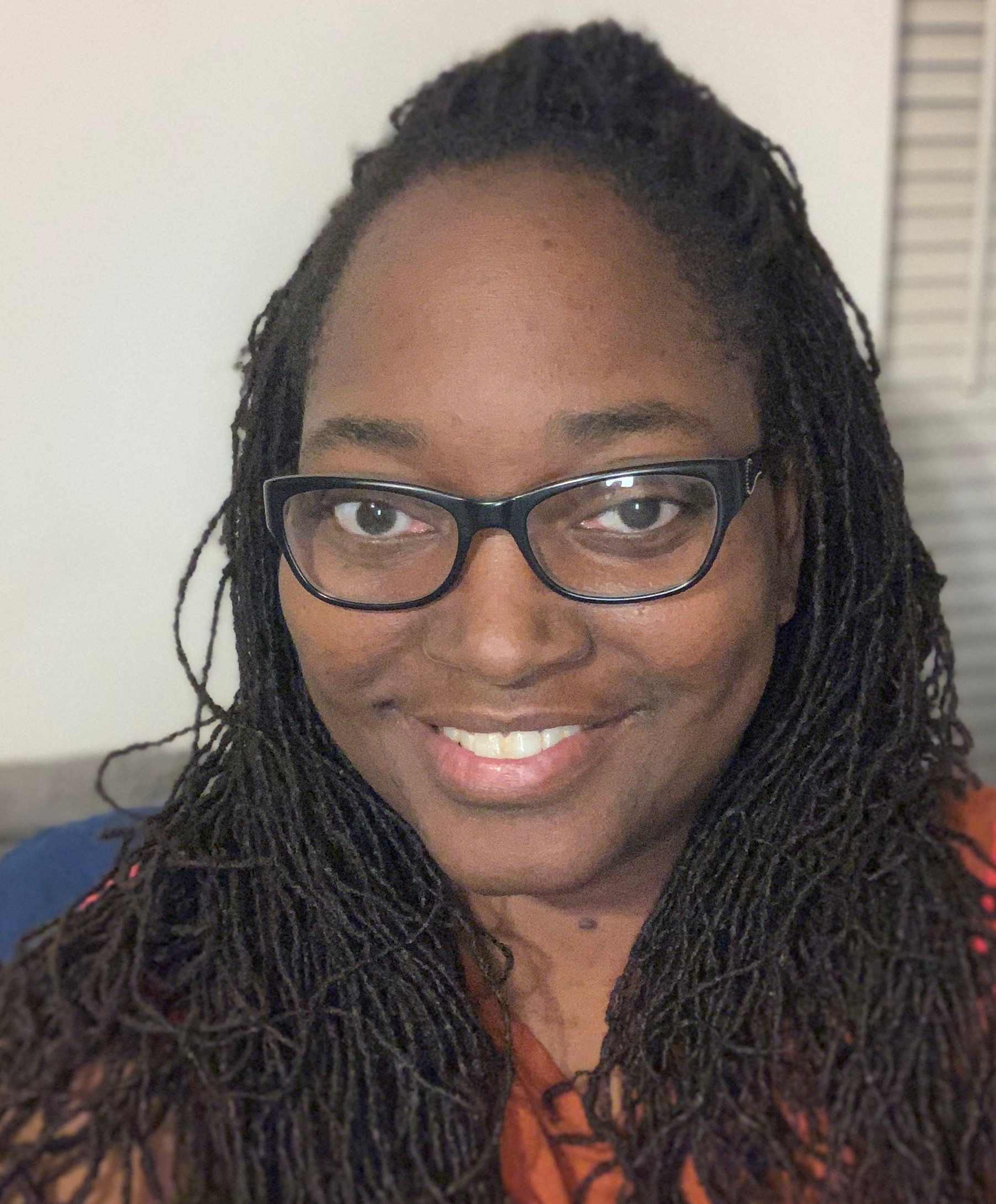The American Foundation for the Blind strives to keep people who are blind or who have low vision and their families up to date on the policy issues that affect us all. Here are a few recent news stories we found particularly noteworthy.
Happy Global Accessibility Awareness Day (#GAAD)! The purpose of GAAD is to get everyone talking, thinking, and learning about digital access and inclusion. From podcasts and blog posts, to inclusive accessibility solutions, public policy, and resources, AFB has you covered. Global accessibility is more than a day for us, it's 100 years of commitment.
Wednesday, April 14, 2021, is National Assistive Technology (AT) Awareness Day. AFB is committed to increasing access to AT and other accessible technologies as part of our public policy advocacy, and AccessWorld frequently features new technologies in its monthly issues. In honor of the day, we are highlighting what assistive technology means to people who are blind or have low vision.
Just as the White House is known as “The People’s House,” the White House webpage should be “The People’s Page,” a digitally inclusive place for everyone. High-profile web pages like this one provide a model for the rest regarding what a website can and should do to be inclusive. Recently, the White House website has been updated to include an accessibility statement. The statement is simple, and serves as a good model to emulate for any organization or company that is committed to digital inclusion.
After a marathon week of negotiating, Congress has wrapped up final deliberations and voted to pass a COVID-19 relief package for individuals, businesses, and local governments, which are continuing to deal with the coronavirus pandemic. On hold since May, when the House of Representatives passed the Heroes Act, Congress finally agreed to provide about $900 billion in aid as part of a massive 5,600-page year-end omnibus appropriations bill. That means the bill will fund both coronavirus relief and the federal government’s regular budget cycle, which began on October 1, 2020.
The 2020 elections are upon us and, unsurprisingly, the act of voting is dominating the headlines. With that in mind, here's a brief roundup of stories that caught our attention, with an emphasis on the voting experience for people with disabilities.
Thank you so much to everyone who was able to join the first AFB Town Hall on the impact of COVID-19 on access to healthcare, transportation, and voting for Americans who are blind or have low vision. A complete archive will be available soon, for anyone who missed the live conversation. As promised, here are some of the resources shared by the presenter and attendees:
NPR, October 21, 2020: Supreme Court Blocks Curbside Voting In Alabama, An Option During Pandemic
One of the quotes that really stuck out from AFB’s Flattening Inaccessibility survey was a story about curbside voting.


